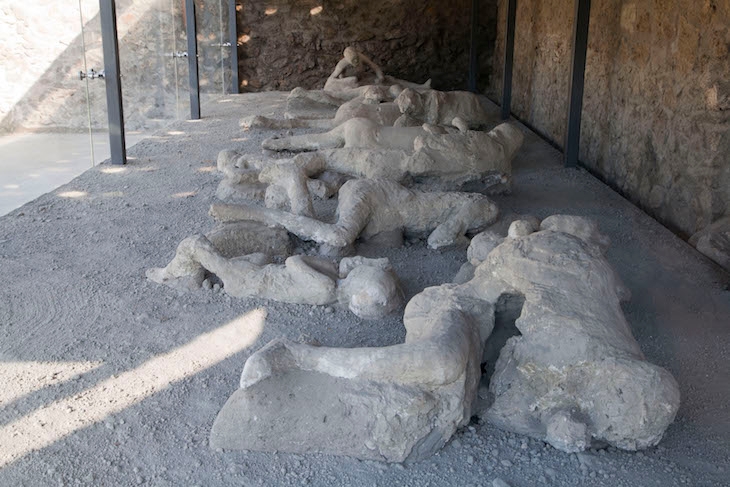Visiting Pompeii, it is hard to miss the garden of the fugitives. It is on every other postcard in the gift shop: an excavated garden with 13 bodies twisting in an agonising tableau of pain, caught at the instant of their death. They are frozen in history and separated from the onlooker by a glass wall and museum labels — a human moment presented with the cold distance of an archaeological exhibit.
Ceridwen Dovey’s third novel is anchored in Pompeii and chooses the garden as its focal point. She tells the story of two characters, Royce and Vita, their rejections by their individual loves and attempts to find meaning after death. It touches on weighty themes: guilt, depression, repressed sexuality. But — frustratingly — it too adopts this cold, archaeological gaze, pitched throughout at an odd emotional remove from the characters and the action it narrates.
Royce and Vita narrate their own histories over the course of an email correspondence, creating an awkward epistolary novel. The action is set decidedly in the past. Royce’s story goes back nearly 50 years, telling of Pompeii’s excavations in the 1970s, while Vita rewinds 20 years, also to tell of when she was an undergraduate studying film. Both stories act as a process of recovering and dusting off the past, like an archaeological dig, and Royce opens his first email with: ‘I have begun excavating my memories.’
It is hard to feel impassioned, however, by what does feel like a 300-page excavation. At one stage, Vita describes the moment of watching back her film footage, saying: ‘It looked dead, as if the images had been murdered by being sucked through the lens.’ Ironically, this is the very experience of the reader. Early on, Vita states: ‘My parents have passed away (cancer, heartbreak).’ One cannot escape the feeling that the story is being told behind a display window and we can only prod at the glass.
But the novel is not without flashes of interest. There is a palpable excitement about Pompeii, which is affecting. Royce provides an exact, technical description of the survival of ancient flora, packed tightly around with ‘volcanic lapilli’. And the greatest moment in the book comes from Charles Dickens, wandering around the site in the 19th century, seeing in the ancient city ‘little familiar tokens of human habitation and everyday pursuits; the chafing of the bucket rope in the stone rim of the exhausted well’. Here is writing enchanted with its details, fundamentally empathetic and fully immersed in its subject. The only problem is it is not by Dovey, but Dickens.






Comments